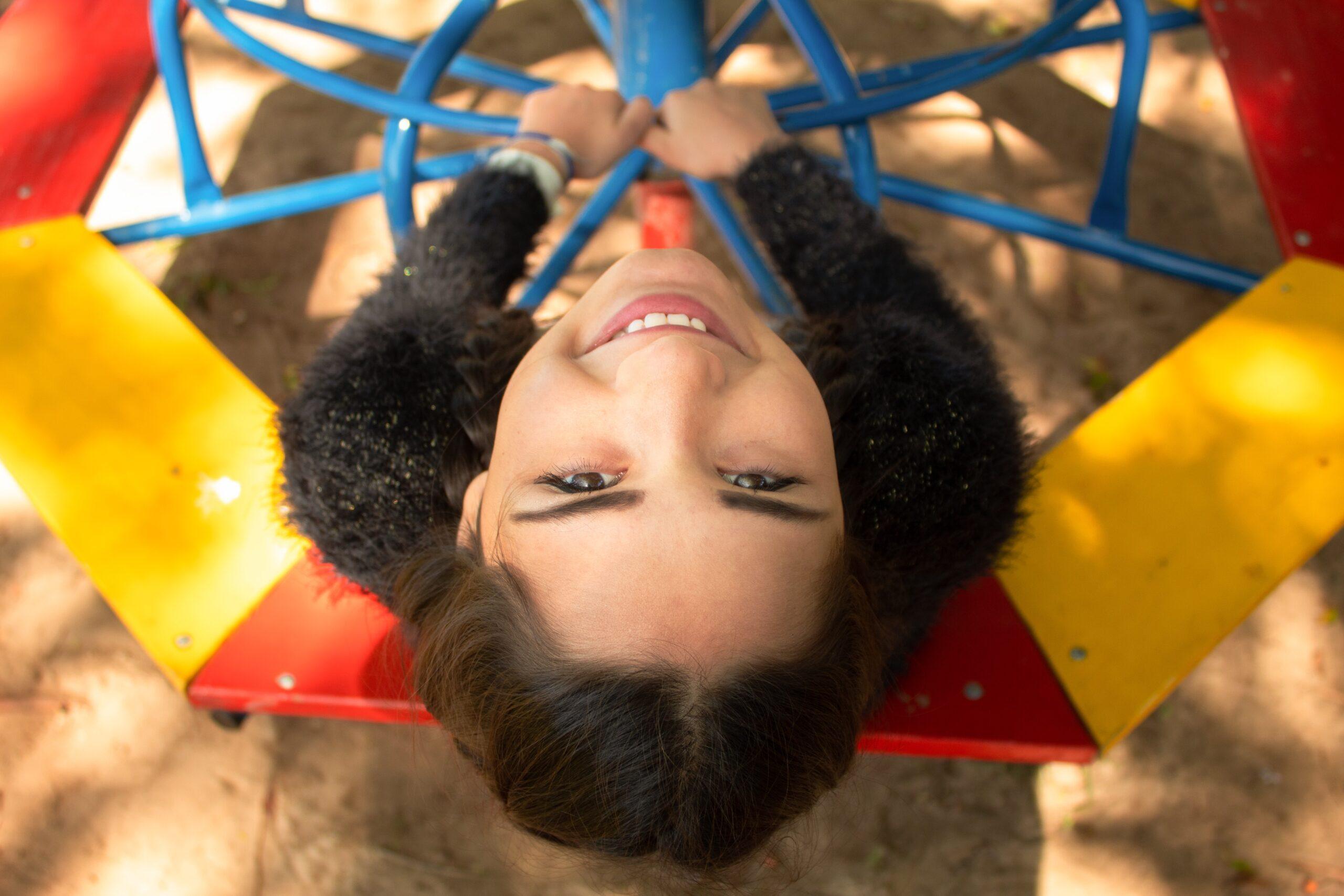Have you signed up your child in a martial arts class? They are extremely popular and amazing for self-confidence and discipline. Of course, enrolled students learn how to defend against a punch or a kick. However, the reality is that a perpetrator isn’t likely going to punch or kick your child. The attacker will probably grab children by the arm or cover their mouths. Further, kids can be tricked into unsafe situations by simply having a conversation.
One of the easiest conversation starters can occur when your child’s name is printed on his shirt, backpack, lunch box, jewelry, or other accessory. If a unbeknownst attacker calls out to your child by his name, your son would probably engage with the stranger. We teach our kids not to be rude, but they should know there are times when it’s okay to be distant.
For a safer and more creative alternative, make stickers with your child’s favorite cartoon character or a picture of a pet. This way, his belongings have something that is specific to him. Tell his teacher or daycare professional that this is how you would like to identify your child.
We are all familiar with the term “stranger danger.” It’s scary to say it, yet kids hear it all the time. Wouldn’t it be helpful to talk to them about a safe list? When you make a safe list for your child, you’ll want to involve him. Pick five to seven people at most to put on the list. It could include a grandparent, an aunt, an older sibling, etc. Once you have identified who will be on the list, test your child’s knowledge of each person. Make a game out of it. Ask your child questions that will help him to identify the people on the safe list: What color car does Uncle Mike drive? Do you know how to spell Pastor Joe’s first and last name? Do you know Aunt Barbara’s cell phone number?
Instead of children viewing everyone as a potential threat, kids can look to those they know and trust. Let them know if anyone other than the people on their safe list tries to pick them up or take them somewhere that it’s wrong. Let them know you would never send a stranger to get them, only someone on their list.
You can also apply these same techniques to when the kids are home alone. If the phone rings and they don’t recognize the name and number on the caller ID, don’t allow them to answer. This should also be the case if someone comes to the front door. If you are not expecting anyone, and the kids can see the person at the door is someone they don’t know, never allow them to answer or open it. You don’t want anyone to know they are home alone.
One of the simplest things you can teach your child is personal space. We all have a comfort zone. If someone approaches you or your child, making you feel uncomfortable, put your hand up toward the approaching person’s eye level and say something like, “What do you want?” or, “Please stop, you’re making me uncomfortable.” You get the idea. This tells the potential intruder that you and your child are not easy targets. Without saying a word, it also alerts people around you that you are uncomfortable. Most likely, someone will call 911 to say there could be a potential problem. This is a great technique for kids to use since they already raise their hands in school all the time!
Have some fun and practice with them. It could just save a life.




